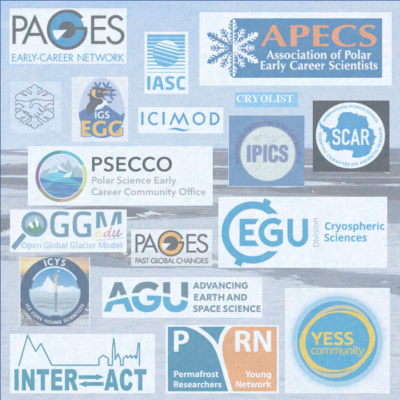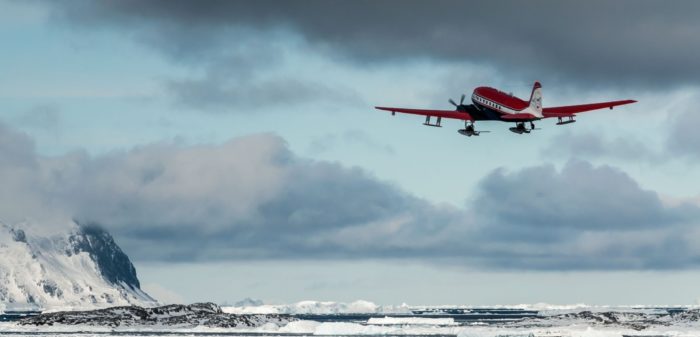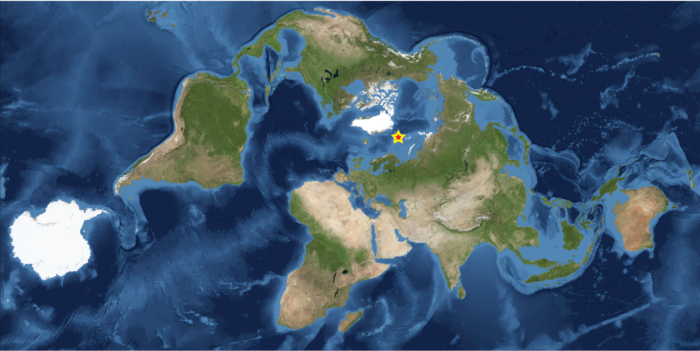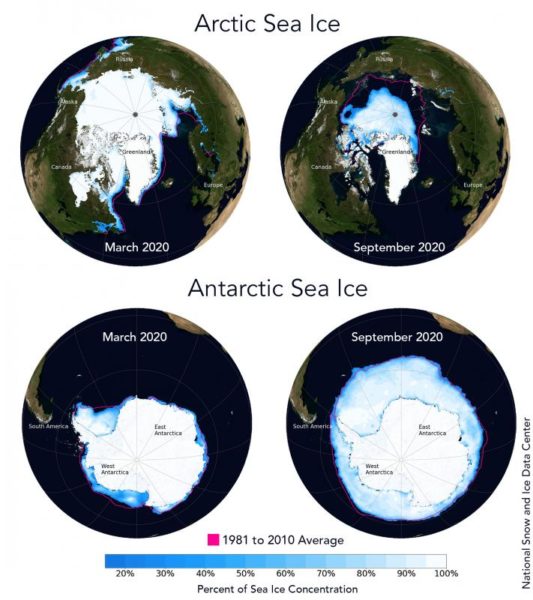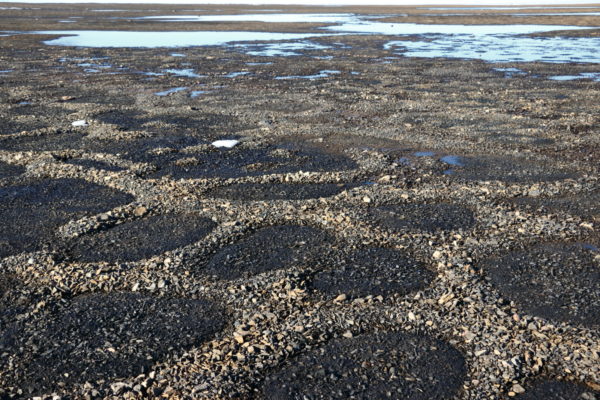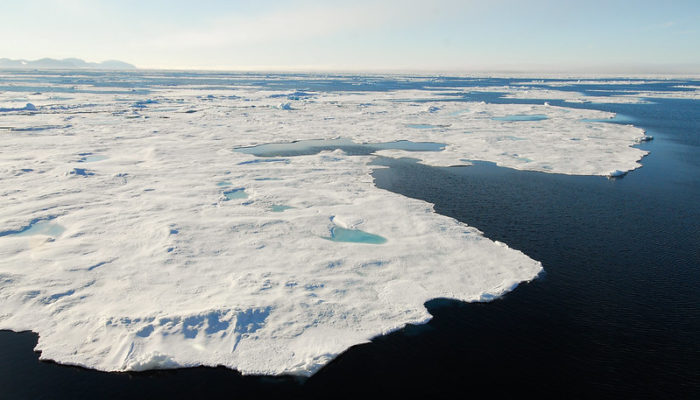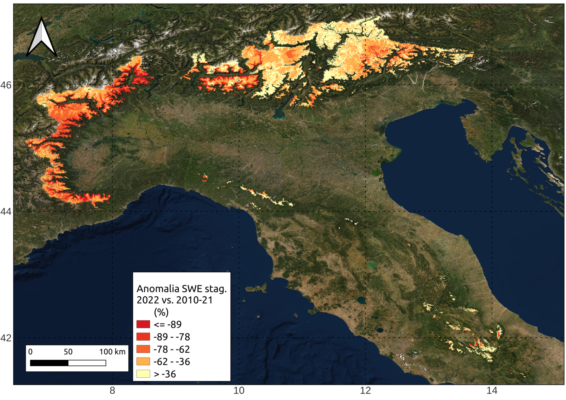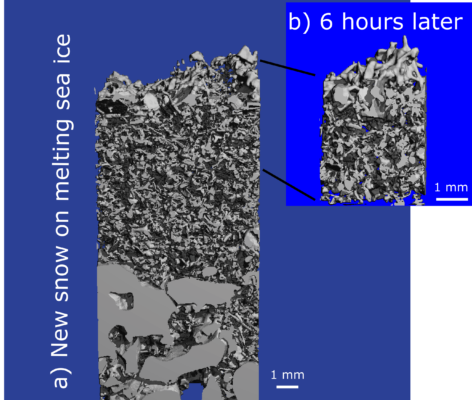There, what is this, spoke the sea ice algae. Is this the first light of dawn? Is it finally this time of the year again? Spring…the best time of the year…the BBQ season? And in the little brine pockets all around the sea ice, the bacterial and archaeal community stirred alive. BBQ? Did somebody mention BBQ? Let’s have some vegan burgers! And so spring began inside of the Arctic sea ic ...[Read More]
Highlighted Paper – Welcome to the microbial BBQ in Arctic Sea ice


